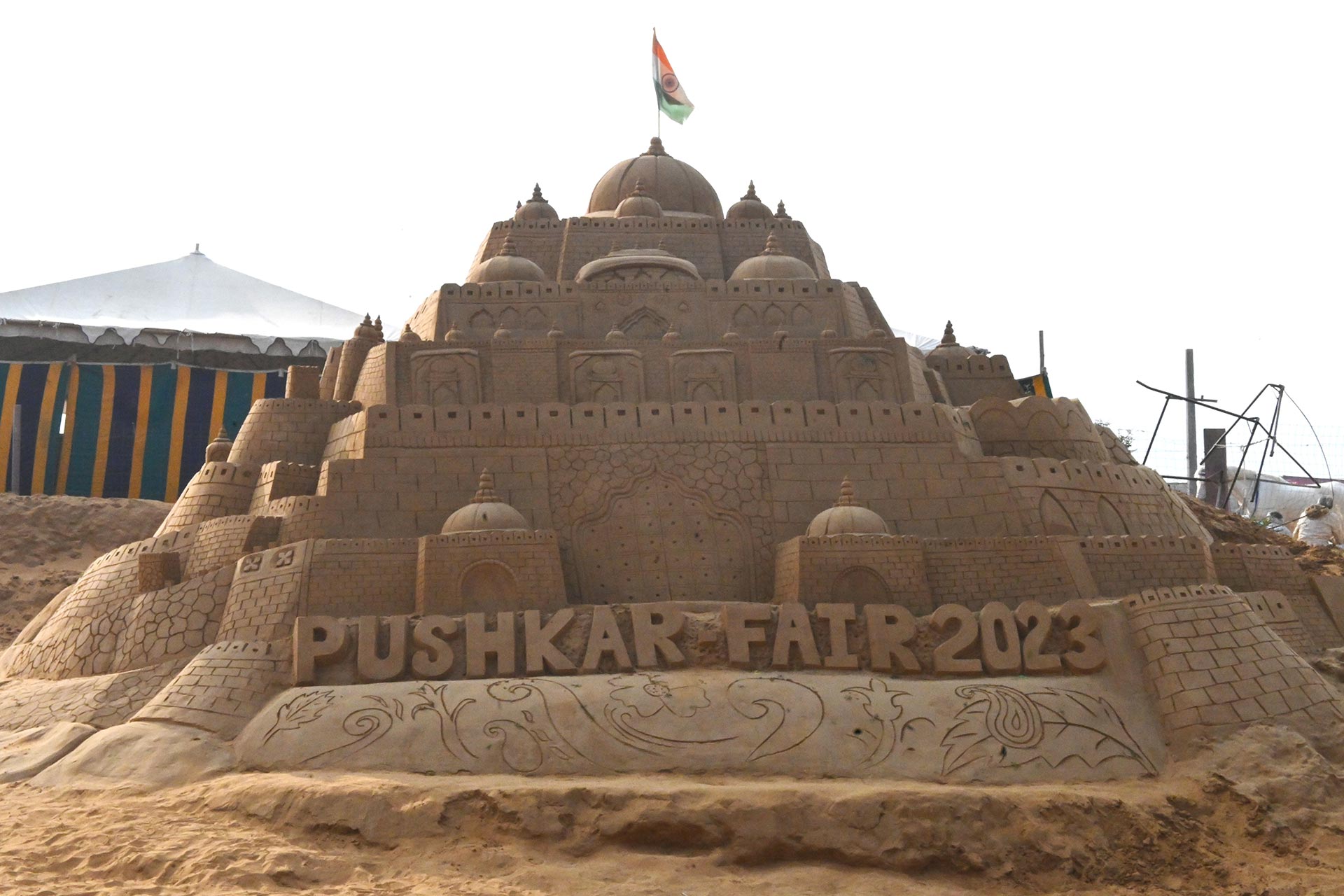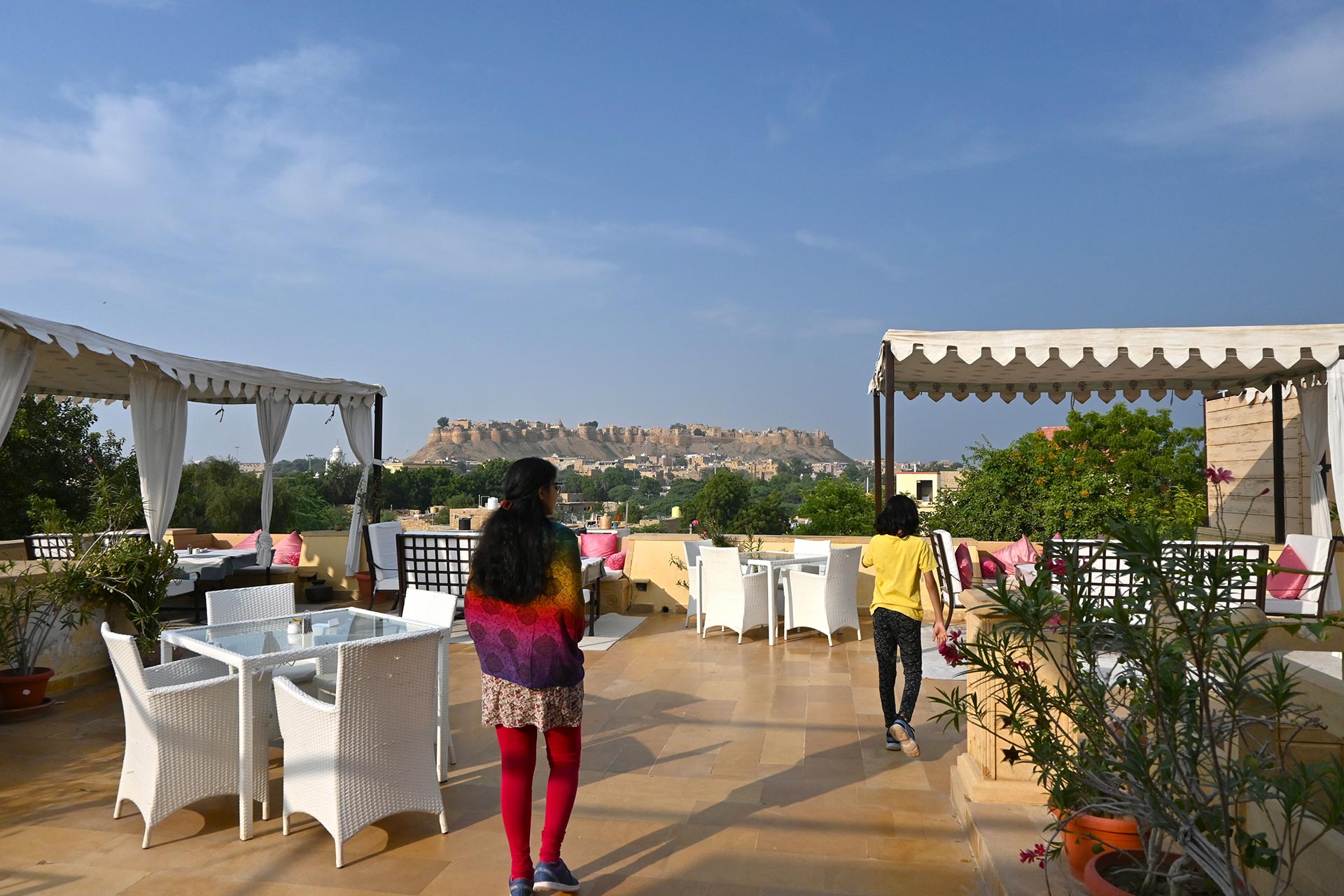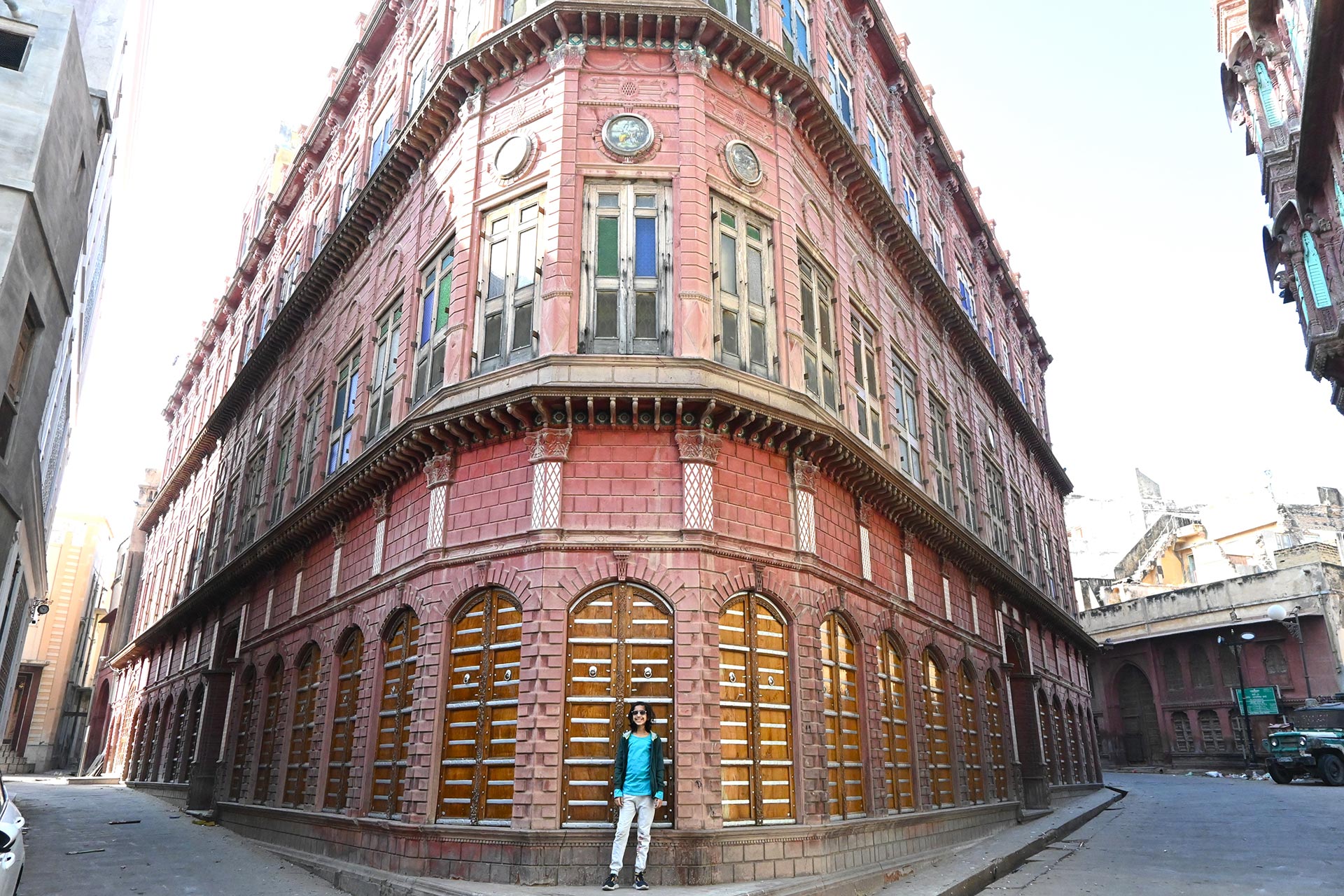The Town of Millionaires. Sounds strange, doesn’t it? But it was true, once upon a time when the Shekhawati region, encompassing towns like Mandawa, Navalgarh, Fatehpur, Laxmangarh, and more was home to rich merchants and traders on the silk route.
Their havelis still stand today, and are covered with frescos and carvings, which makes the region the World’s Largest Open-air Art Gallery.
It is a haven for art lovers and even regular tourists, due to the mind-boggling fact that the frescos are over 100 years old. My parents visited the region before I was born, and they were impressed and stunned. When I was old enough to understand the meaning of the frescos, they wanted to take me there.
Talk about reliving memories!
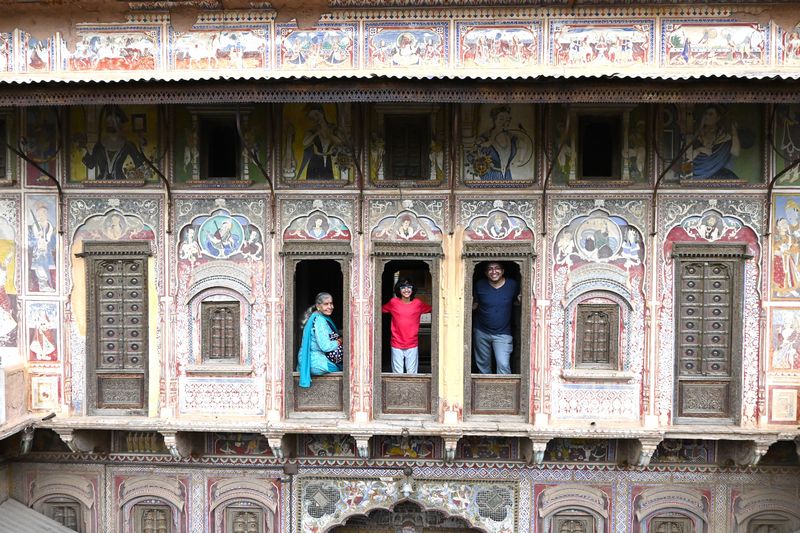
We stayed in Navalgarh, in a haveli-converted-to-hotel. There are many such converted havelis in Shekhawati. As we walked through the streets, we saw that some havelis had shops underneath, selling all sorts of day-to-day items, while the top floors were as ancient as ever.
Others had rented out the bottom, or converted it to offices, and sometimes we saw a haveli where the bottom was repainted white with modern art, while the top was still ancient frescos.
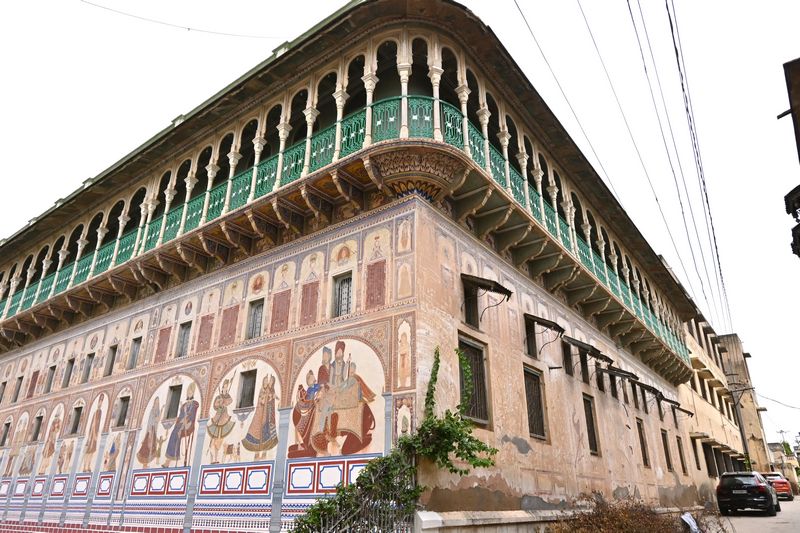
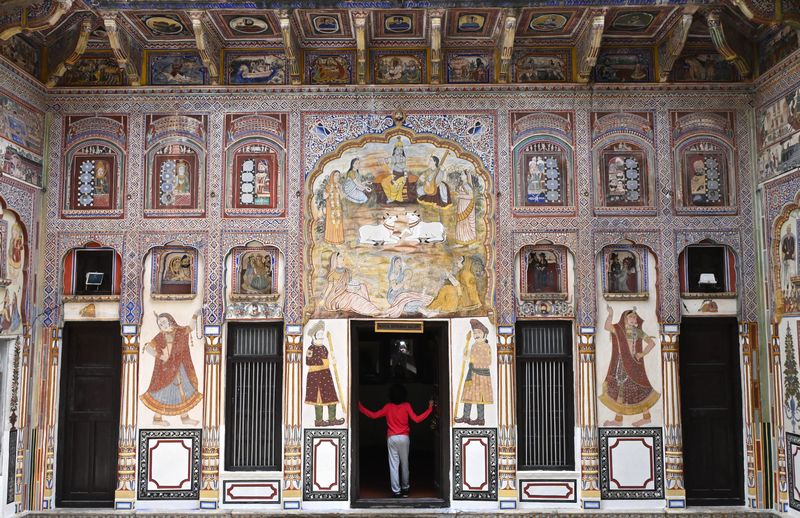
It had exhibits on various aspects of Rajasthani culture, and even had a preserved copy of the minutes of a Podar Trust meeting, signed by Mahatma Gandhi-ji himself!
I learnt that while successful families preserved their havelis, others struggling to make ends meet sold them off, or converted them to hotels.
While touring, I also learnt about the havelis themselves. Each haveli had the same basic structure, and the main differentiators were the frescos. The merchants and traders covered their houses with frescos of their families, religious ceremonies, gods, and frescos on their experiences while trading with other cities!
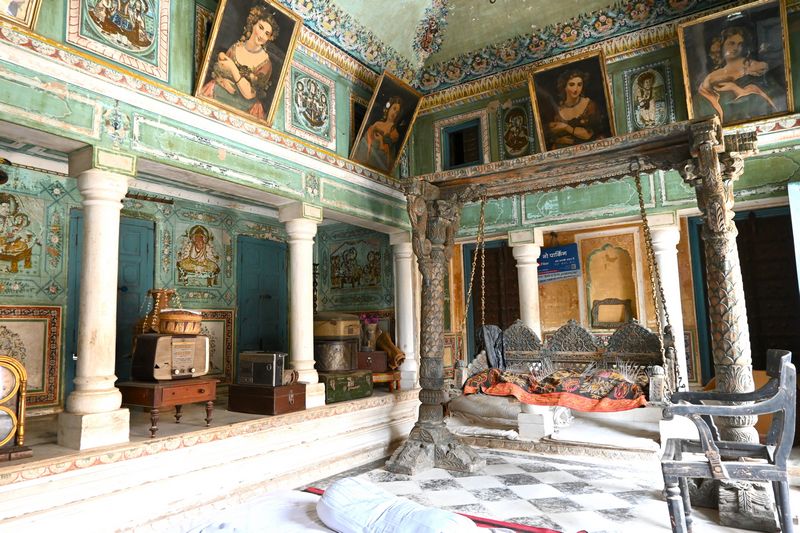
Some havelis stuck out of the crowd, like the Thalia Haveli in Mandawa. It was a wonderful place, with old, antique items spread all over the place, giving a unique feel as though we had gone back in time!
The Goenka Haveli in Dundlod was equally amazing. Life-sized figurines were placed strategically over the haveli, showcasing how the ancients actually lived!
Our guide explained what each fresco meant, and even fed us 100-year-old, perfectly healthy churma, a local delicacy! Maybe it was made by the original inhabitant of the house itself!
He explained the many features of the haveli and how the ancient merchants lived in a very smart way: adapting their houses to the climate, ecology, society, and other factors. They had old chimney systems which let out smoke from the kitchens, built their houses from natural materials to keep them cool and warm, based on the outside temperature.
So much knowledge is preserved in those havelis.
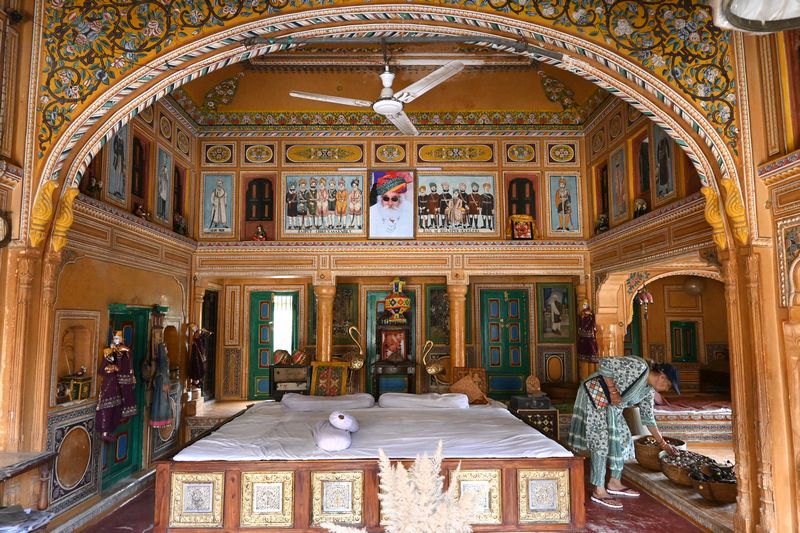
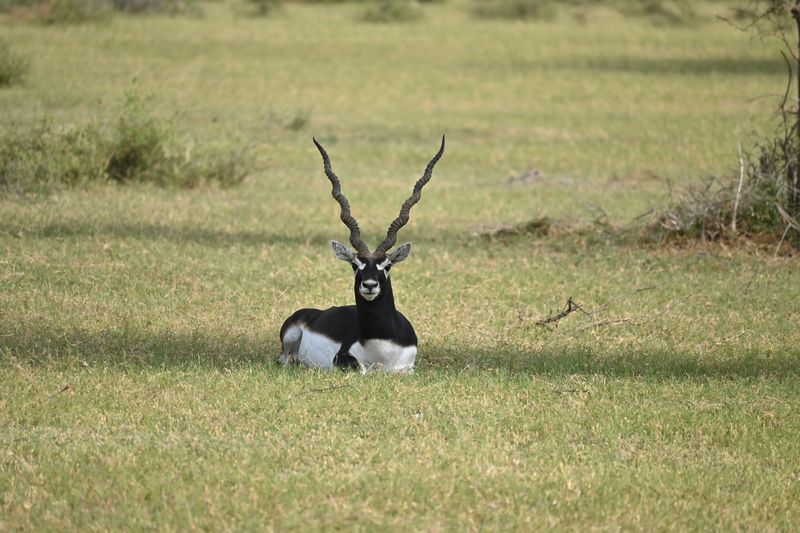
We also toured the nearby gaucher bhoomi (no-man’s land where the cattle of several villages can graze freely) of Tal Chhapar, which is an amazing hotspot for wildlife. We took a jeep safari there, and within the first half hour, spotted numerous Black bucks and three Desert Foxes!
We also saw various types of birds, including the extremely rare Spotted Tree Creeper, and even a Black Cobra, snaking through the bushes! It is amazing how much wildlife a so-called “waste” scrubland can sustain!!!
Shekhawati was really a favourite destination and I loved stepping into the shoes of ancient merchants and walking the streets millionaires once walked!
Enjoy Shekhawati!
RELATED BLOGS
-
Pushkar
Vibe to the hippy and spiritual vibes of the Pushkar aarti, the Camel Fair, and Brahma Temple in this unique retreat.
-
Jaisalmer
In Jaisalmer, the golden city, the skyline is always dominated by the giant turrets and towers of “living” Jaisalmer Fort, best seen from atop the many rooftop cafés!
-
Bikaner
A small town nestled in the Thar Desert area of Rajasthan, Bikaner is the home to the Junagarh Fort, Camel Research Centre, and the Temple of Rats.
-
Shekhawati
Dive into the town of millionaires, where there are ancient havelis at every turn, and 100-year-old frescos in beautiful condition brighten the picturesque alleyways.
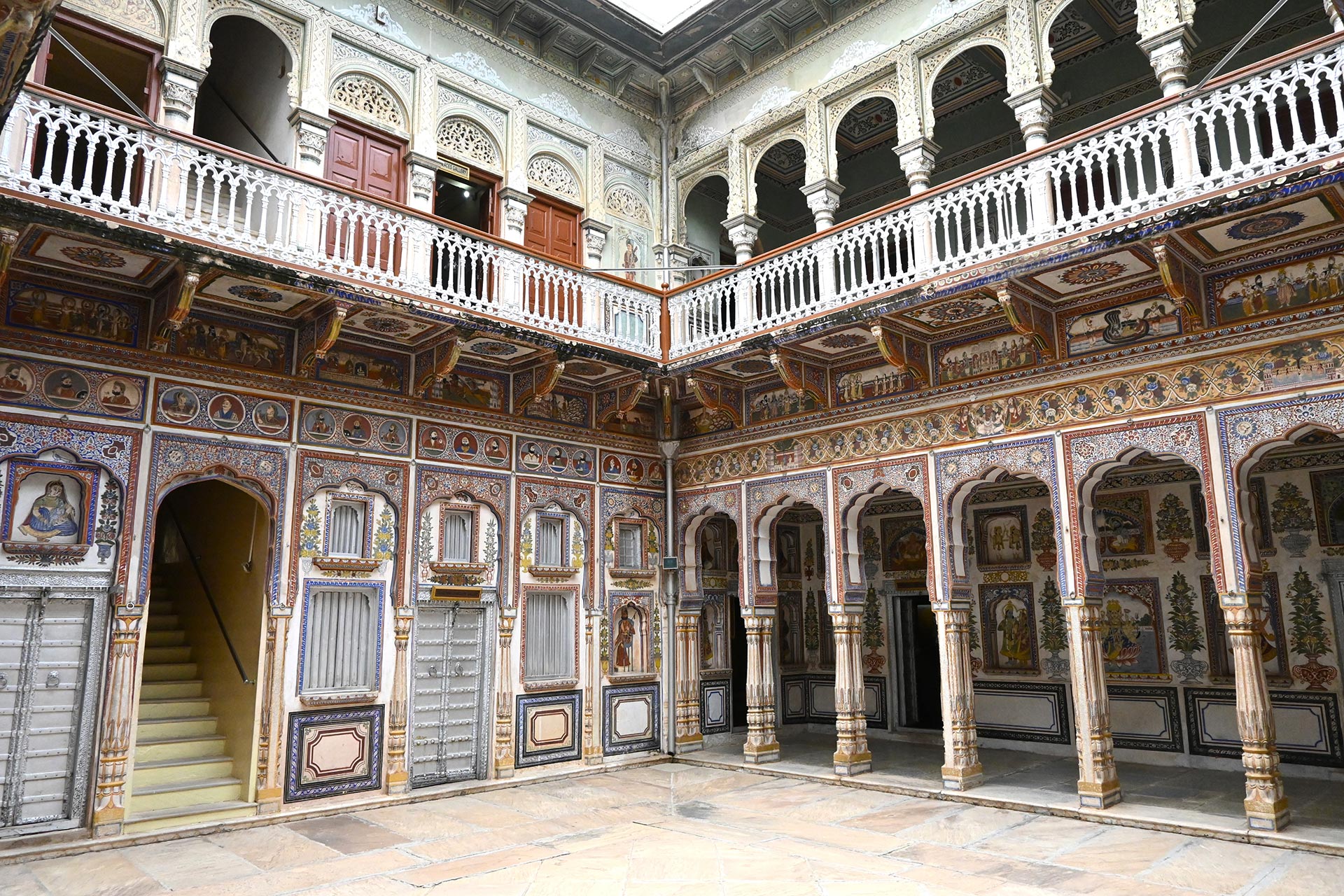
-
Pushkar
Vibe to the hippy and spiritual vibes of the Pushkar aarti, the Camel Fair, and Brahma Temple in this unique retreat.
-
Jaisalmer
In Jaisalmer, the golden city, the skyline is always dominated by the giant turrets and towers of “living” Jaisalmer Fort, best seen from atop the many rooftop cafés!
-
Bikaner
A small town nestled in the Thar Desert area of Rajasthan, Bikaner is the home to the Junagarh Fort, Camel Research Centre, and the Temple of Rats.
-
Shekhawati
Dive into the town of millionaires, where there are ancient havelis at every turn, and 100-year-old frescos in beautiful condition brighten the picturesque alleyways.


